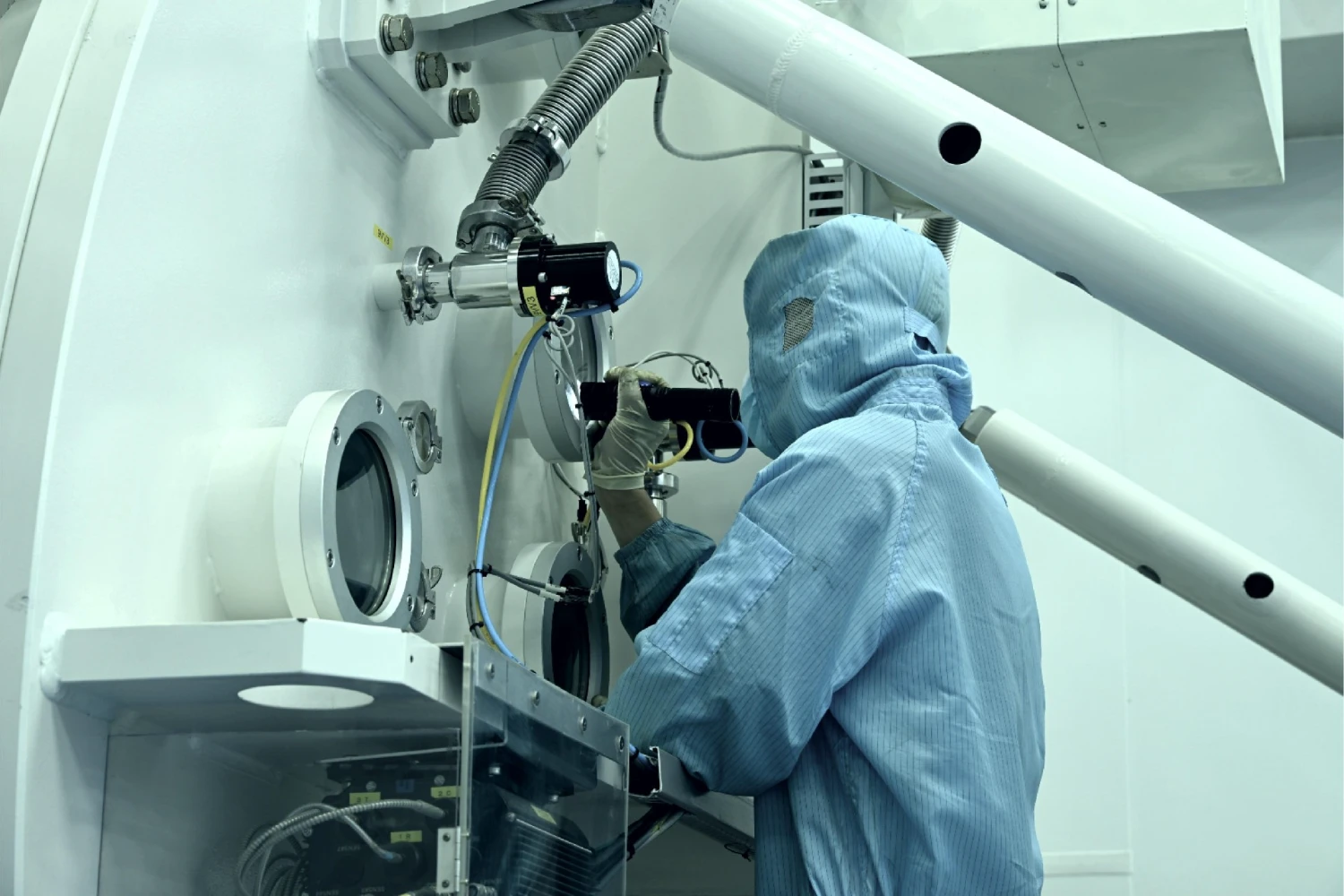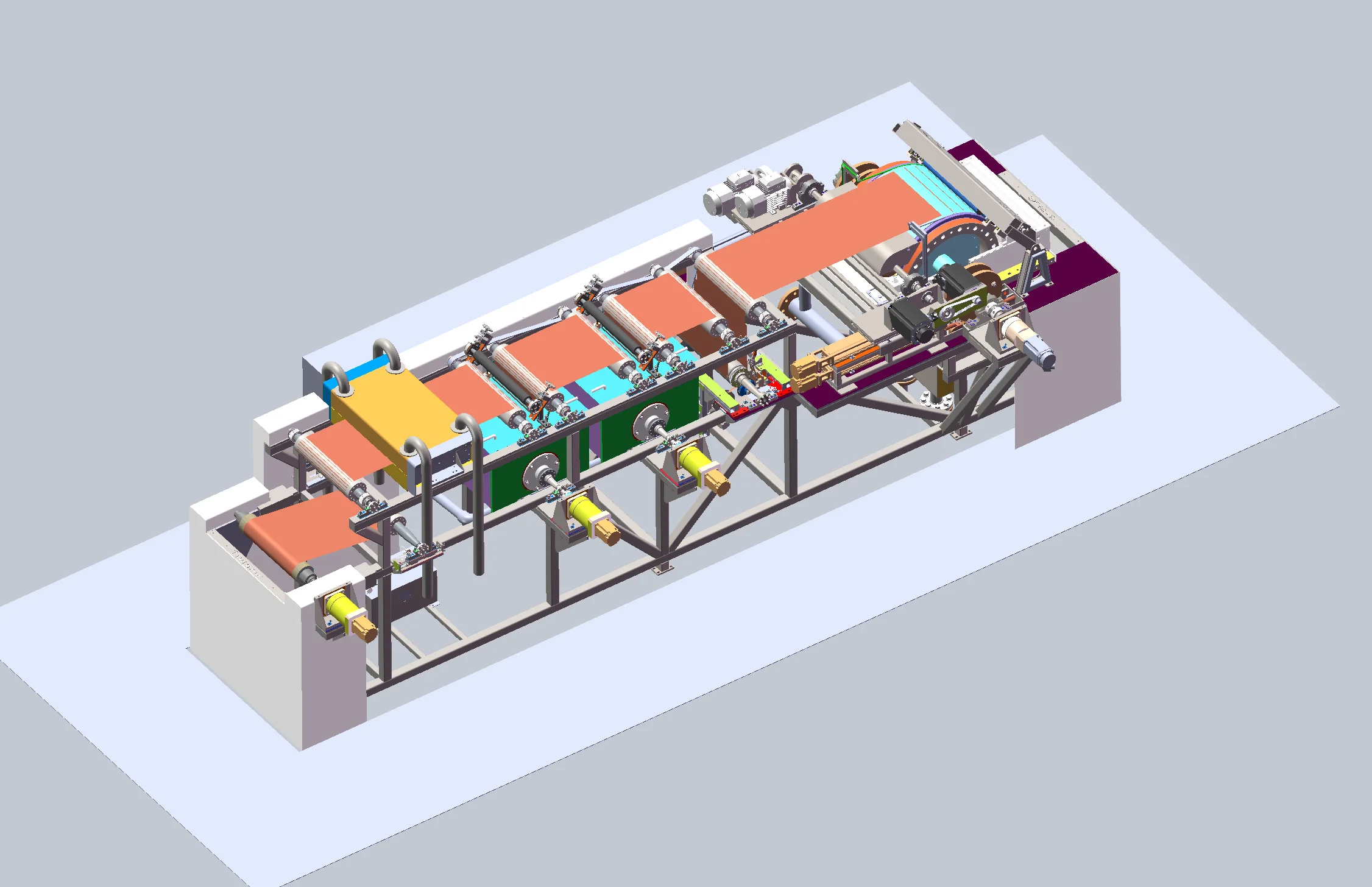Unveiling the Mystery: What Causes Transformers to Explode?

Transformers play a crucial role in the efficient transmission and distribution of electrical power. However, under certain circumstances, these vital devices can experience catastrophic failures, leading to explosions. In this blog post, we will delve into the various factors that can cause a transformer to explode, providing valuable insights into this intriguing phenomenon.
- Overloading and Overheating:
One of the primary reasons behind transformer explosions is overloading, which occurs when the transformer is subjected to excessive electrical current beyond its designed capacity. This can lead to overheating of the transformer's core and windings, resulting in insulation breakdown and the release of flammable gases. The accumulated heat and pressure can eventually cause an explosion. - Insulation Failure:
Transformers rely on insulation materials to prevent electrical leakage and ensure safe operation. However, over time, insulation can degrade due to factors such as moisture, aging, or manufacturing defects. When the insulation fails, it can lead to short circuits and the formation of high-energy electrical arcs, triggering an explosion. - Faulty Design or Manufacturing:
In some cases, transformer explosions can be attributed to design flaws or manufacturing defects. Poorly designed cooling systems, inadequate insulation, or substandard materials can compromise the transformer's integrity, making it more susceptible to failures and explosions. Quality control measures and adherence to industry standards are crucial in preventing such incidents. - External Factors:
Transformers are exposed to various external factors that can contribute to their failure. Severe weather conditions, such as lightning strikes or power surges caused by storms, can generate high voltage transients, overwhelming the transformer's protective systems and leading to explosions. Additionally, physical damage from accidents, vandalism, or natural disasters can compromise the transformer's structural integrity, increasing the risk of explosions. - Lack of Maintenance:
Regular maintenance is essential for ensuring the optimal performance and safety of transformers. Neglecting routine inspections, cleaning, and testing can result in the accumulation of dust, debris, or contaminants, which can cause insulation breakdown and overheating. Inadequate maintenance practices can significantly increase the likelihood of transformer explosions.
Conclusion:
Understanding the factors that can cause a transformer to explode is crucial for ensuring the reliability and safety of electrical power systems. By addressing issues such as overloading, insulation failure, faulty design or manufacturing, external factors, and lack of maintenance, the risk of transformer explosions can be minimized. Implementing robust safety protocols, conducting thorough inspections, and investing in high-quality transformers are essential steps towards preventing such incidents and maintaining a resilient power infrastructure.






